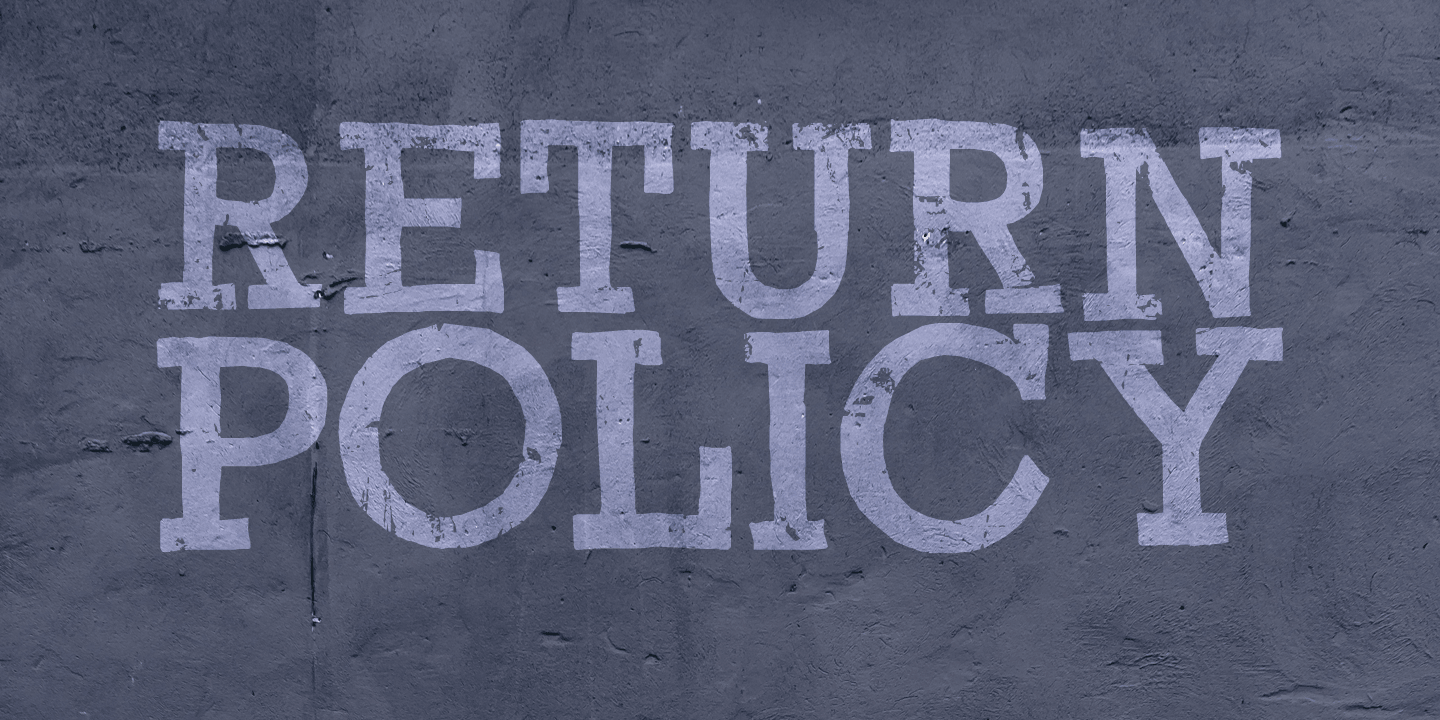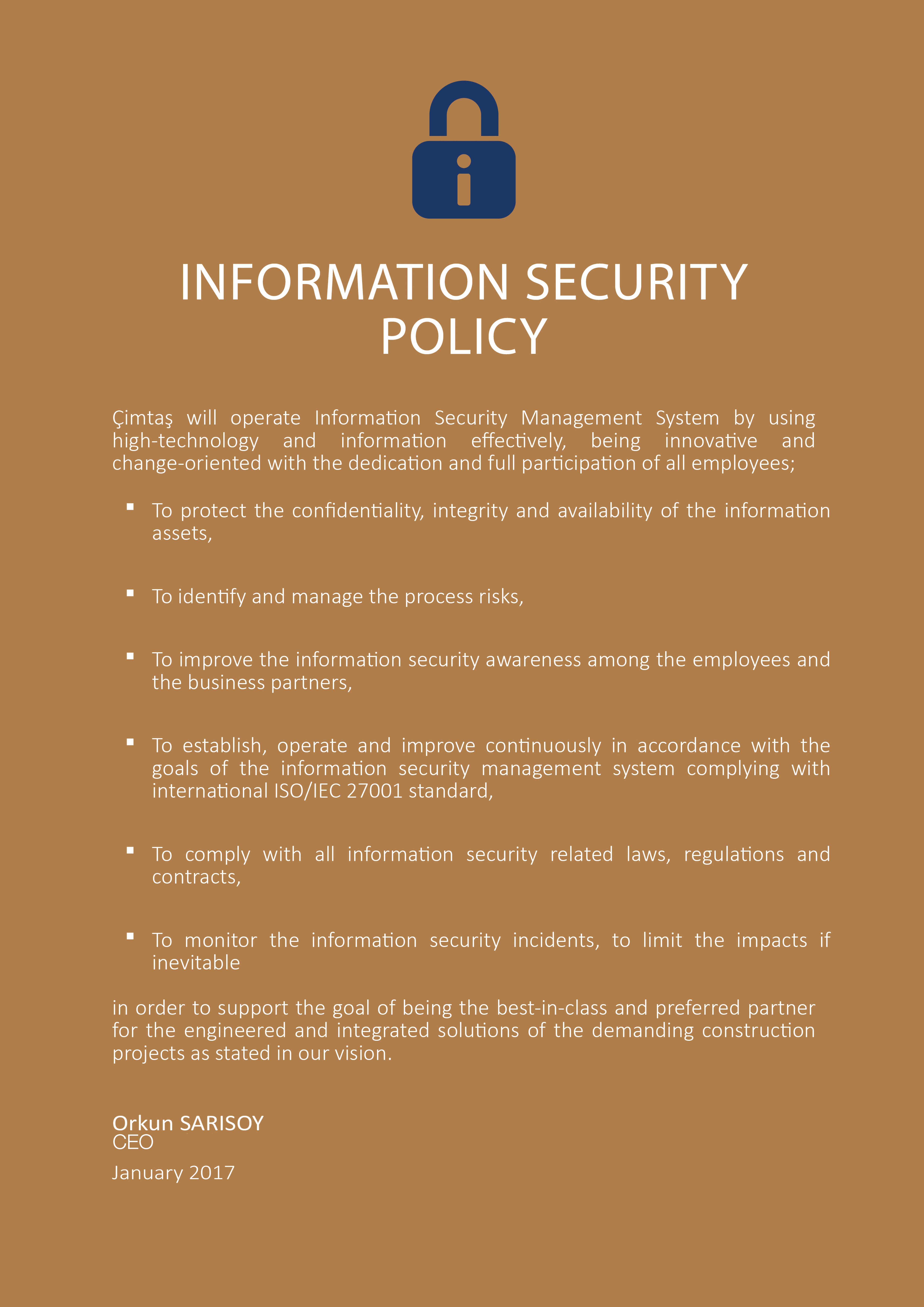Individual health insurance policies through UnitedHealthcare are more expensive than average; however, plans will most often come with added benefits and access to wellness programs. Additionally, many customers have rated UHC well due to its supportive customer service department and smartphone app that can provide in-depth health analysis. UHC is the largest health insurance company by total policyholders. This is exemplified by the large suite of products that the provider offers, including health, dental, vision and disability. UMR is the nation's largest third-party administrator of health benefits, providing customized solutions, cost-effective networks and compassionate service for self-funded medical, dental, vision and disability plans. Serving more than 460,000 hospital members, UMR offers flexibility and cost savings necessary to help hospitals design customized employee health plans and meet their unique needs as both employer and health care provider.
Dual special needs plans (also called dual health plans or D-SNPs for short) are for people who qualify for both Medicare and Medicaid. A dual health plan works together with your Medicaid health plan. Dual health plans cover eligible doctor visits, hospital stays and prescription drugs.1 For people who qualify, a dual health plan may offer more health benefits than with Original Medicare and a separate Part D plan. ThisAPLclarified that the prior APLs (20-009and20-013) remain in effect forthe duration of California's declared state of emergency or until further notice from DMHC, whichever is earlier. The APL also clarified that these requirements apply to delegated entities to the extent the health plan delegated the services impacted by these APLs.
Medical technology is constantly evolving and these medical policies are subject to change without notice, although we will use good faith efforts to provide advance notice of changes that could have a negative impact on benefits. Additional medical policies may be developed from time to time and some may be withdrawn from use. The medical policies generally apply to all of the Plan's fully-insured benefits plans, although some local variations may exist. Additionally, some benefit plans administered by the Plan such as some self-funded employer plans or governmental plans, may not utilize the Plan's medical policy. Members should contact their local customer service representative for specific coverage information.
That's a big help — especially for people who have complex medical needs. It makes it easier to manage your doctors, specialists and care services. As a TPA, we work to customize the health care needs of the customer.
Differences are in the types of services selected as part of the administration, the level of benefits at which covered services are processed and the services covered. It delegates much of the collateral valuation, eligibility checks, and settlement function to the Custodian. In this model, the collateral pledgor establishes a "long box" account of assets owned by the pledgor.
Linked to this long box are several pledge accounts, one for each trading relationship. Each day, the parties determine the amount of collateral needed to satisfy the day's margin requirement. Through the daily margin call process, the RQV is agreed on between the parties.
Both parties must then communicate that amount to the Custodian. The Custodian allocates the optimized eligible collateral from the long box to each pledge account. Daily wire movements are not needed, nor is consent for substitutions. This model can be more efficient but requires different connectivity than the traditional third party model. This model also involves more fees paid to the Custodian for additional services provided.
Medicaid is a health care program that's managed at the state level by each state government. However, state governments do not actually provide health insurance. State governments contract with private insurance companies like UnitedHealthcare to provide health coverage for beneficiaries of Medicaid and other government health care programs. Our government-sponsored health plans operate under the name UnitedHealthcare Community Plan. The clinical UM guidelines published on this web site represent the clinical UM guidelines currently available to all health plans throughout our enterprise.
These guidelines address the medical necessity of existing, generally accepted services, technologies and drugs. Because local practice patterns, claims systems and benefit designs vary, a local plan may choose whether to implement a particular clinical UM guideline. While the clinical UM guidelines developed by us are published on this web site, the licensed standard and customized MCG guidelines are proprietary to MCG and are not published on the Internet site. GEHA's clinical guidelines are intended to inform network providers and health plan members of the health plan's position on the treatment of certain common conditions. These guidelines apply to HDHP, Standard and High medical plan members.
Most UMR insurance plans provide coverage for maternity support bands and postpartum recovery garments through insurance but are subject to deductible and coinsurance. These are medical-grade garments designed by healthcare professionals that provide lots of health benefits for moms. Self-funded health insurance plans are typically used when there is no employer contribution towards employee benefits or if the company does not wish to contribute toward its employees' healthcare needs. Scott explained that DTCC's Margin Transit Utility is directly connected to Acadia's Margin Manager, and from there delivers automated margin settlement directly to the two types of segregated account structure that are available.
Phase 5 has seen a number of firms opting to use the simpler third-party custodian model, whereas previous phases saw participating firms prefer to use the triparty model. In either case, MTU removes the requirement for firms to self-build or rely upon manual processes to improve settlement efficiency and reduce operational complexity and risk for collateral call processing. The unique advantage of a recognized utility is that MTU takes manual processes, such as faxes, out of the segregated account instruction process, and is live with a large number of triparty venues. While we strive to keep this list up to date, it's always best to check with your health plan to determine the specific details of your coverage, including benefit designs and Sutter provider participation in your provider network. It is important to note that not all of the Sutter Health network of providers necessarily participate in all of a health plan's products or networks.
Clinical UM guidelines can be highly technical and complex and are provided here for informational purposes. These guidelines do not constitute medical advice or medical care. Treating health care providers are solely responsible for diagnosis, treatment and medical advice. Members should discuss the information in the clinical UM guideline with their treating health care providers. We have developed medical policies that serve as one of the sets of guidelines for coverage decisions. Benefit plans vary in coverage and some plans may not provide coverage for certain services discussed in the medical policies.
What Type Of Plan Is Umr Coverage decisions are subject to all terms and conditions of the applicable benefit plan, including specific exclusions and limitations, and to applicable state and/or federal law. Medical policy does not constitute plan authorization, nor is it an explanation of benefits. Our health plans may use guidelines developed by AIM Specialty Health to perform utilization management services for some procedures and certain members.
Because SIMM is a risk-based model, its calculation is less straightforward than the Grid method. The process of calculating SIMM requires that the risk sensitivities in U-OTC portfolios be taken as inputs. Firms therefore must first calculate the delta and vega sensitivities in order to calculate SIMM.
Since that task may be seen as a large lift for some Managers, service providers have emerged who will calculate a Manager's risk sensitivities for them. While this may be a good solution for many Managers, the required data inputs to such sensitivities calculation process must also be considered. In many cases, Managers must first aggregate their trade data in a format called ORE XML, which standardizes the data for each U-OTC trade type. Creating the ORE XML file, again, is a large effort for many Managers.
It's important to implement systems and processes to aggregate and create such files to ensure a smooth and accurate daily workflow to calculate the SIMM requirement for collateral movements each day. Leave policies are designed to help employees deal with personal or family events or crises. Please refer to theUniversity of Nebraska Benefits sitefor information. Out-of-network/non- contracted providers are under no obligation to treat UnitedHealthcare plan members, except in emergency situations.
Please call our customer service number or see your Evidence of Coverage for more information, including the cost- sharing that applies to out-of-network services. In most cases, Medicaid pays the full cost for covered services, so people with Medicaid do not have to pay a monthly premium or any deductibles. In certain cases, if someone has Social Security benefits, a small amount may be taken from those benefits to help cover the cost of Medicaid coverage.
UnitedHealthcare short-term health insurance policies are cheaper than individual health insurance but provide the bare minimum in benefits. Furthermore, unlike individual plans, a short-term policy can be purchased outside of open enrollment, meaning it can be bought throughout the year. The company provides customized medical plan management, claim services, health stop loss, group life insurance for self-insured employers. Although UMR is directed at the derivatives market, it has a significant impact to the use of collateral for securities lending participants. Firms impacted the most will be predominantly buyside entities. Historically, VM has been posted as cash, whereas regulatory IM is generally non-cash collateral.
UnitedHealthcare health plans are offered by United Healthcare Insurance Company and our affiliates. We work with federal and state agencies to provide government-sponsored health insurance. With an HMO plan, you must stay within your network of providers to receive coverage.
Under a PPO plan, patients still have a network of providers, but they aren't restricted to seeing just those physicians. You have the freedom to visit any healthcare provider you wish. Please check with your health plan if you have questions about coverage and network providers for specific products.
The United Healthcare Exclusive Provider Organization plan operates just like a Health Maintenance Organization in that you may only select doctor's in a designated network . You may need to select a Primary Care Physician who manages your healthcare needs; however, unlike an HMO, you do not need to get a referral from your PCP to see a specialist. Visits to a an in-network specialist are covered however, services rendered by a specialist that is not in the UHC network are not covered.
There are no out-of-network benefits in an EPO, except for medical emergencies. For more information, please view the UHC pre-enrollment website. Funds falling within the Rules for IM on U-OTC will be required to make a series of comprehensive changes to their operations and legal agreements around U-OTC. The time to begin the dialogue and planning process around the Rules is now. If Managers do not adequately prepare for the coming changes in a timely manner, their ability to execute their trading strategies may be seriously disrupted. Although staying beneath the initial margin threshold sounds simple, in practice the trader will need to run sophisticated pre-trade analytics to determine the best way to minimise the SIMM number.
Trading derivatives already incurs various costs, such as the cost of trading with a counterparty or the cost of funding the derivative, so any means to cut this additional margin cost is to be welcomed. UMR is a "third-party administrator" who your employer hires to ensure your claims are paid correctly, which keeps health care costs low for you and your family. UMR is not a health insurance company — they are a part of United Health Care . UMR Health Insurance is an often misunderstood type of insurance. As a self-funded insurance plan, the insured employers will assume the financial burden borne by most healthcare-related costs.
While it is true that some organizations will undoubtedly organize their own self-funded insurance plans, most will opt to make use of the third-party administrator that is UMR. UnitedHealth Group Incorporated is an American multinational managed healthcare and insurance company based in Minnetonka, Minnesota. In this approach, any IM requirement is posted to a segregated account in the form of eligible collateral as prescribed by the Rules. If the IA is less than the IM amount posted, the IA will be deemed to have been covered by the posting of IM.
If the IA requirement is greater than the IM posted, the additional amount necessary to meet the IA requirement is allocated to the SD, according to the legacy IA process. This approach has the benefit of limiting the amount of collateral pledged to only the larger amount, however the operational complexity of splitting payments to two locations may be burdensome. UMR is a set of rules that apply to margin (i.e., collateral) on U-OTC derivatives. The Rules for VM were implemented in 2017, but the IM Rules continue to be phased in (starting from 2016 for the largest institutions and continuing into 2022 when smaller institutions and buy-side firms come into scope). First, SDs and Funds will both be required to post IM to one another. Further, requirements for how IM is to be calculated and the types of collateral that can be used are prescribed by the Rules.
While the United States Rules will not typically regulate Funds directly, Funds will be indirectly regulated by the Rules via their swap dealers ("SDs") who will require their counterparties to comply with the Rules. Before you visit us for care, it's important to understand the health insurance coverage you have and how much you'll pay – you may be able to save money by seeing an in-network provider, for example. PPIL will submit claims on your behalf to your insurance company.
You are responsible for your co-payment if applicable, at the time service is provided. You are also responsible for all uncovered services, applicable co-insurance, and for any unmet deductible. To request authorization to see an out-of-network provider and have the services covered as in-network, follow the first level appeal steps above.
The benefit information is a brief summary, not a complete description of benefits. For more information contact the plan or read the Member Handbook. For more information, call UnitedHealthcare Connected® Member Services or read the UnitedHealthcare Connected® Member Handbook. Benefits, List of Covered Drugs, pharmacy and provider networks and/or copayments may change from time to time throughout the year and on January 1 of each year. That means that Medicaid will pay after any other payer has paid its share of the services provided. For example, if you have Medicare or any type of private health care coverage, Medicaid will always be the secondary payer.
Health care providers will bill the primary payer first, and Medicaid will pay what's left over. That's why Medicaid enrollees must say if they have other sources of coverage. Small-business health insurance and employer plans are offered by UnitedHealthcare for groups that have anywhere from two to over 5,000 employees.
These are usually comprehensive plans, meaning that medical, dental, health, disability and life could all be provided to employees of a company. However, UnitedHealthcare also lets business owners pick and choose which policies they might want to offer employees. Price is an important aspect to consider when choosing your health insurance policy.



























